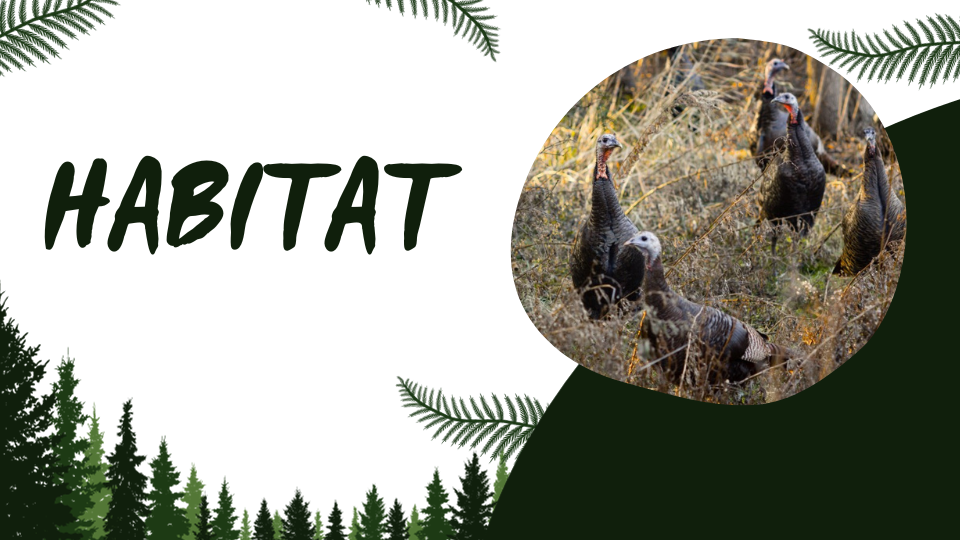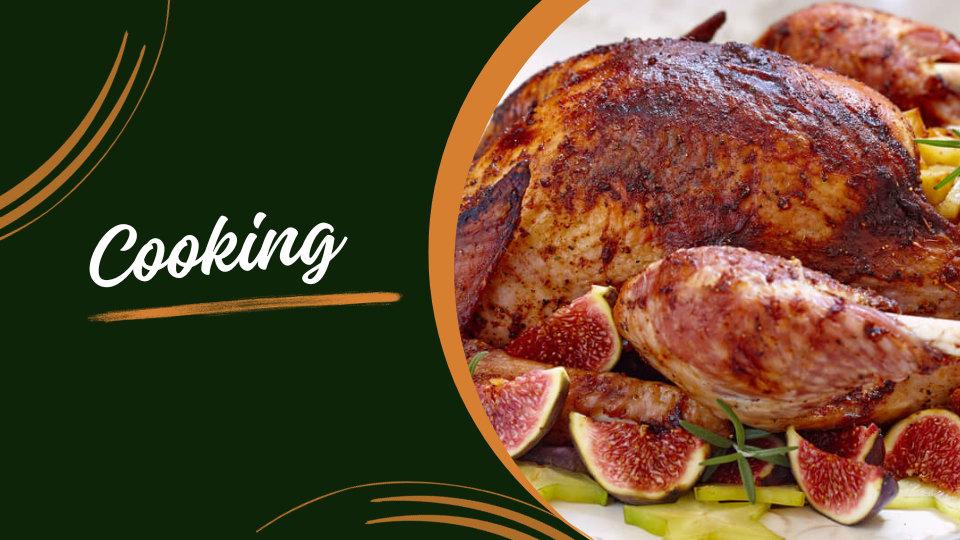Introduction
South Carolina’s state bird, the wild turkey, is a spectacular chicken native to North America. These birds are intelligent and clever, and their populations prosper throughout the state. Turkeys are valued for their savory meat, a benefit for hunters and cooks alike.
In this item, we’ll look into the globe of wild turkeys in South Carolina, covering their past, their biological makeup, their natural surroundings, and how they’re taken care of. We’ll likewise share advice on searching and preparing these birds for the table.
History of Wild Turkeys in South Carolina
For countless centuries, South Carolina has actually been home to wild turkeys, with their numbers when plentiful across the state. However, their populations took a substantial hit in the late 19th and very early 20th centuries due to excessive searching and destruction of their natural habitats, leading to a drastic decrease in their numbers.
In the 1930s, the South Carolina Division of Natural Resources (SCDNR) started a program to recover wild turkey populations. This program succeeded, and wild turkeys are now once more abundant in South Carolina.
Biology of Wild Turkeys
Wild turkeys are members of the pheasant family members. They are big birds, with men (gobblers) considering up to 25 pounds and women (chickens) evaluating approximately 12 extra pounds.
Wild turkeys have long legs, sharp claws, and wings that can extend approximately 5 feet. Wild turkeys are omnivores, meaning that they eat both plants and pets. Their diet regimen contains a variety of foods, consisting of acorns, berries, bugs, and tiny pets.
Groups of wild turkeys, comprising 10 to 30 birds, roam freely, exhibiting social actions. These birds are increasingly safety of their area, and won’t think twice to defend it against other turkeys.
Habitat of Wild Turkeys
Wild turkeys can be located in a selection of habitats, consisting of woodlands, forests, and open fields. They favor habitats that have a mix of trees and open spaces. Wild turkeys also need access to water and food sources.

Management of Wild Turkeys
The management of wild turkey populations in South Carolina is accomplished by the SCDNR making use of various techniques such as the maintenance of habitats, control of predators, and the implementation of regulated hunting. Enhancing the atmosphere for wild turkeys is important as it provides them with important sources such as nourishment, hydration, and haven.
The South Carolina Department of Natural Resources works together with homeowner to improve the natural environment for wild turkeys by establishing greenery, growing locations for food, and managing regulated fires. Managing predator populations is critical for the conservation of wild turkeys as they can posture a hazard to both adult turkeys and their children. Species like prairie wolves and foxes are recognized to prey on wild turkeys, bring about a decrease in their numbers.
To resolve this problem, the SCDNR utilizes techniques such as trapping and transferring killers from areas with diminishing wild turkey populations. The South Carolina Division of Natural Resources (SCDNR) implements managed hunting as a vital device for keeping healthy wild turkey populations. By establishing open season and bag limitations, the SCDNR intends to avoid overhunting and guarantee the sustainability of wild turkey populaces.
Hunting Wild Turkeys in South Carolina
Wild turkey hunting is a preferred sporting activity in South Carolina. The SCDNR uses a selection of hunting possibilities, consisting of spring gobbler hunts, drop hunts, and young people hunts.
In order to take part in the activity of recording untamed turkeys in South Carolina, it is needed to have a reputable hunting certificate in addition to an authorization especially for hunting wild turkeys.
These qualifications can be obtained either via online ways or by going to a licensed vendor. When hunting wild turkeys, it is necessary to be secure and to comply with the policies and policies. You need to also be considerate of other seekers and landowners.

Cooking Wild Turkeys
Wild turkey meat is tasty and can be prepared in a selection of ways. Some popular recipes consist of baked wild turkey, wild turkey chili, and wild turkey meatballs.
When cooking wild turkey, it is necessary to prepare it completely to prevent gastrointestinal disorder. You should likewise take care not to overcook wild turkey, as this can make it completely dry and tough.

Conclusion
South Carolina’s environment substantially gain from wild turkeys, who likewise double as a popular game bird and a yummy food source. The SCDNR is committed to the sustainable monitoring of wild turkey populations.
Furthermore, they aim to give public education on the value of wild turkeys. For those who want to gather extra info about wild turkeys in South Carolina, there are 2 options offered. To start with, you can discover the SCDNR internet site.
Additionally, you can connect to a wildlife biologist employed by the SCDNR.
Additional Information
Wild Turkey Subspecies
There are three subspecies of wild turkeys found in South Carolina: the Eastern wild turkey (Meleagris gallopavo silvestris), the Osceola wild turkey (Meleagris gallopavo osceola), and the Merriam’s wild turkey (Meleagris gallopavo merriami).
The Eastern wild turkey is the most typical subspecies of wild turkey in South Carolina. It is located in all parts of the state. The Osceola wild turkey is discovered in the seaside
